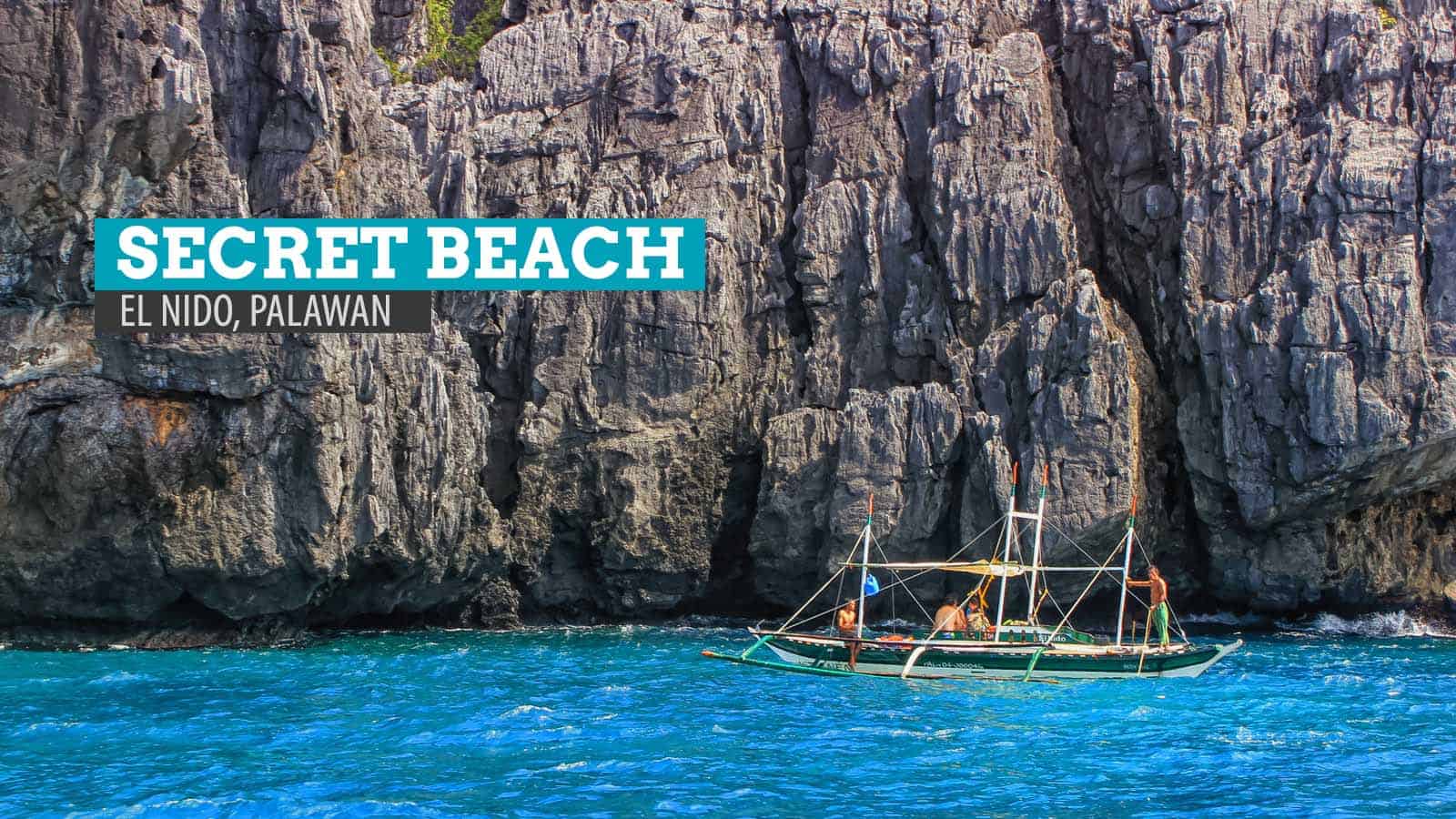
1. Banaue Rice Terraces
Because of its high altitude, Banaue is often described as "where land merges with the clouds to meet the heavens" with the rice terraces as "the stairway to the sky."
Banaue is a place for nature adventures and cultural immersion. Days are for indulging in such activities as strolling, biking, and trekking. Evenings are for campfire chats at a village or warm indoor cosseting at the lodges and inns.

2. Chocolate Hills
Chocolate Hills is a series of 1,268 perfectly symmetrical, haycock-shaped hills that rise some 30 meters above the ground. A National Geologic Monument, these unique, rock formations were cast after million years of evolution.
Spread out in the towns of Carmen, Batuan and Sagbayan, the hills are so-called because they resemble chocolate bonbons when their grass cover turns to brown at the onset of summer. Two of the hills have been developed and provided with facilities, including a viewdeck, a youth hostel and a restaurant.
Other hills with a commanding view of the surrounding islands include Banat-I and Elly in the capital city of Tagbilaran, Himontagon in the town of Loay, Sampoangan in Calape and Ilihan in Jagna.

3. Boracay
The code in Boracay is strictly informal.
There is an undeniable easy atmosphere in Boracay where walking barefoot than shod is the rule rather than the exception. White Beach is so, soooo fine, it feels like treading on miles of baby powder! No wonder, even swinging discos have the beach for a floor, giving dance a new twist.
There are no hang-ups either in this island. At daytime, tourists having a soothing massage under the shade of a coconut tree beside the shoreline is a common sight. And from dusk to dawn, Boracay turns into one big party place where everyone is welcome to join in…But first, let's toast that sunset cocktail!

4. Secret Beach
Unique to Palawan is its mega-diversity.
For a long time, Palawan's bountiful resources, abundant wildlife and extraordinary natural beauty are known only to the many ethnic communities that thrive in these islands and a few other daring settlers who wanted to live in unpolluted surroundings.
The island-province first attracted foreign attention in the 1970's when it became a United Nations Vietnamese Refugee Center. At this time, a disturbance in Kenya also saw the transport of endangered animals from its savannas to the plains of Calauit Island.

5. Vigan
Vigan, with its centuries-old edifices, is a breathing reminder of what was once a royal city.
One of the earliest Spanish settlements in the country, Vigan was founded in 1572 by Juan de Salcedo who patterned its design to that of Intramuros (Old Manila). It became the seat of the Archdiocese of Nueva Segovia and was called Ciudad Fernandina in honor of King Ferdinand.
Today, Vigan retains much of the patina of 18th century Castillan architecture as seen in some 150 stone houses which stand in the town's Mestizo District, notably Mena Crisologo Street. Many of these ancestral homes are still in good condition and some have been turned into cozy inns, museums, and souvenir shops.

6. Baguio City
Hailed as the Summer Capital of the Philippines, Baguio is the top destination to go to if you want to take a break from the tropical heat in the lowlands. With average temperatures ranging from 15-23°C, the city rarely experiences temperatures higher than 26°C even during the warmest parts of the year. Because of this climate, Baguio is also home to beautiful plants that wouldn’t usually survive elsewhere in the county. Also nicknamed the City of Pines, you’ll be in for a treat with all the beautiful flowers and lush vegetation as you enter the vicinity. It will truly feel as if you’re entering a different world.
(Source from: Department of Tourism website)

7. Bangui Windmills
Marvel across these giant wind turbines. Built in 1996, the windfarm still provides a significant amount of energy to Ilocos Norte. Each of the 20 windmills towers 70 meters above the shoreline of Bangui Bay.
(Source from: Department of Tourism website)

8. OSLOB Whale Shark
Get up close with these gentle giants and swim with the whale sharks — or opt for just whale shark watching — in this town of Oslob, Cebu in Barangay Tan-awan. This wild life tourism attraction is one of Cebu’s sought after tourism activity and has generated significant revenue which changed the perspective of the locals about whalesharks. Aside from that, this has greatly led to stronger efforts for the protection of the marine ecosystem in Oslob. Over the years, the number of whalesh
(Source from: Department of Tourism website)

9. Mountain Province
Mountain Province is most known for its hanging coffins where mummified remains of the local ancestors are found. Other points of interest are the different historical sites like the Dap-ay or Ato, an ancient practice of tribal elders still coming together to this day to decide issues and concerns, and the many tribal celebrations where one can participate in, such as the Lang-ay Cultural Festival. Improve your craft and skills and learn how to weave local baskets and fabric.
(Source from: Department of Tourism website)

10. Villa Escudero
Experience the allure of Philippine country life at Villa Escudero Plantations and Resort. Walk through their museum which houses one of the country’s largest private collections of world antiquities. Enjoy the ‘Philippine Experience Show’ and watch the country’s cultural legacy come to life. Paddle a native bamboo raft on still waters of the river. Explore the lush surroundings and see many resident bird species along the way. Or take a dip in our pool and relax.
(Source from: Department of Tourism website)